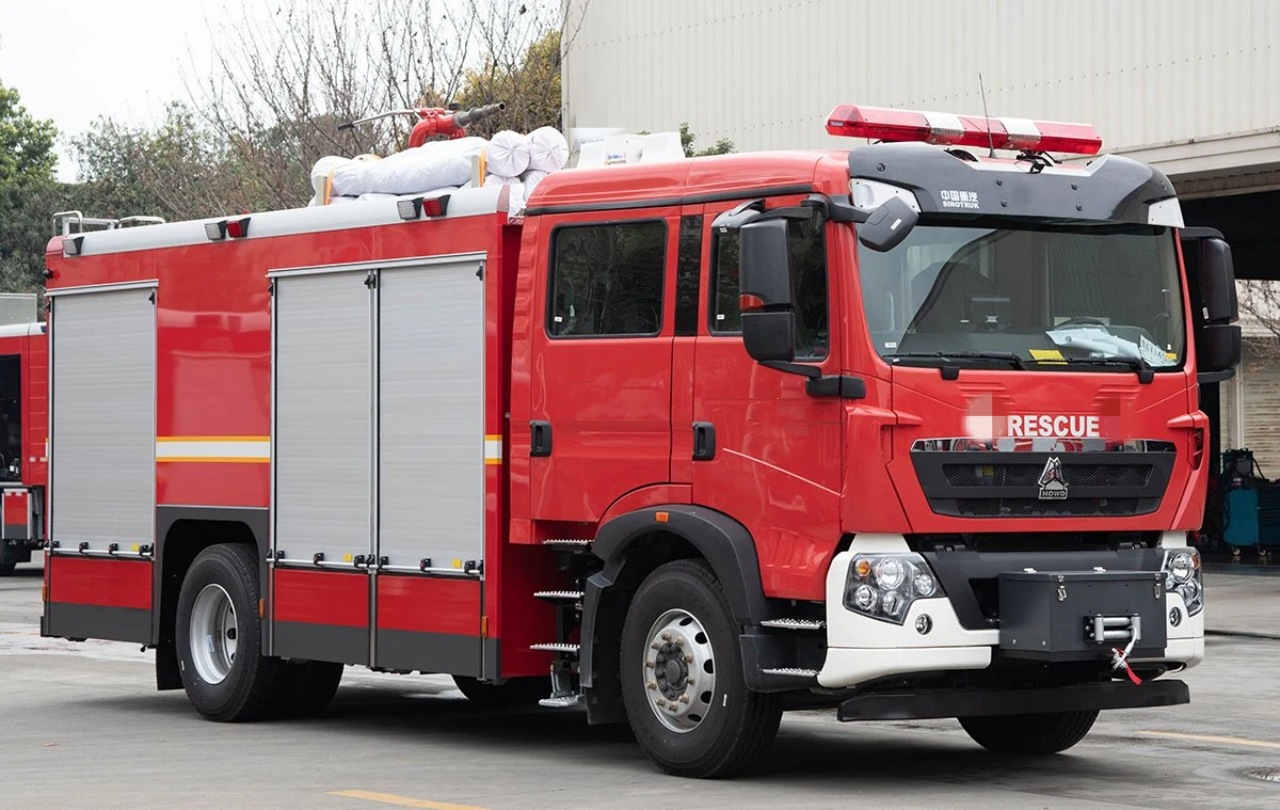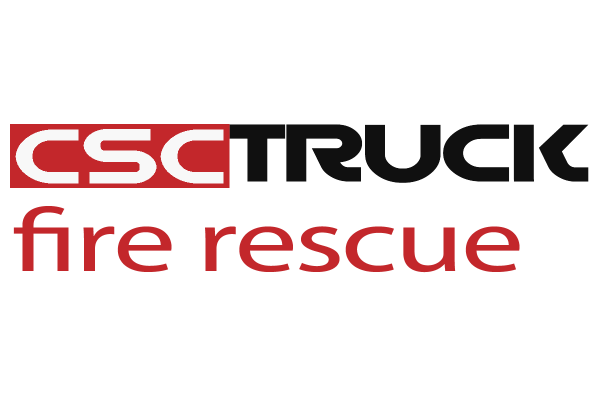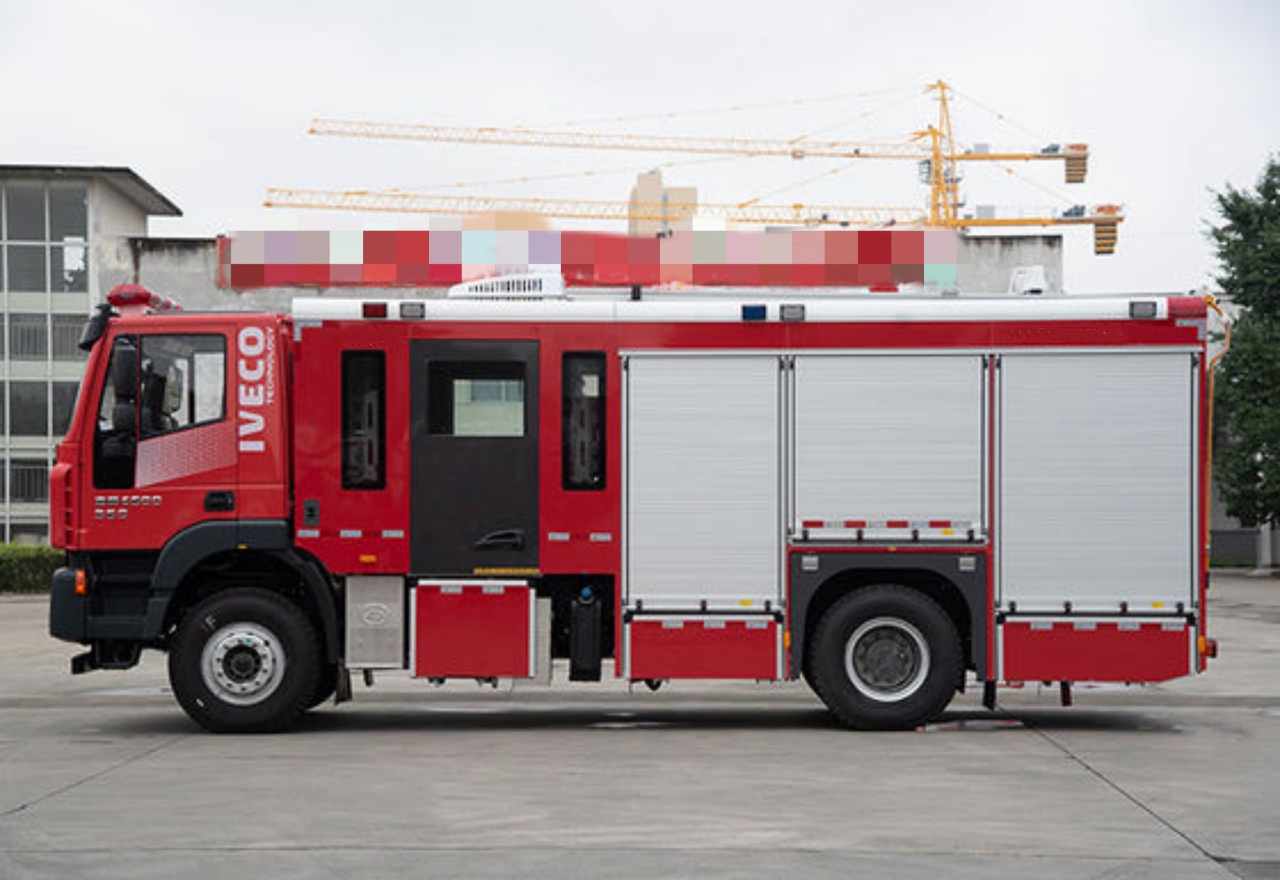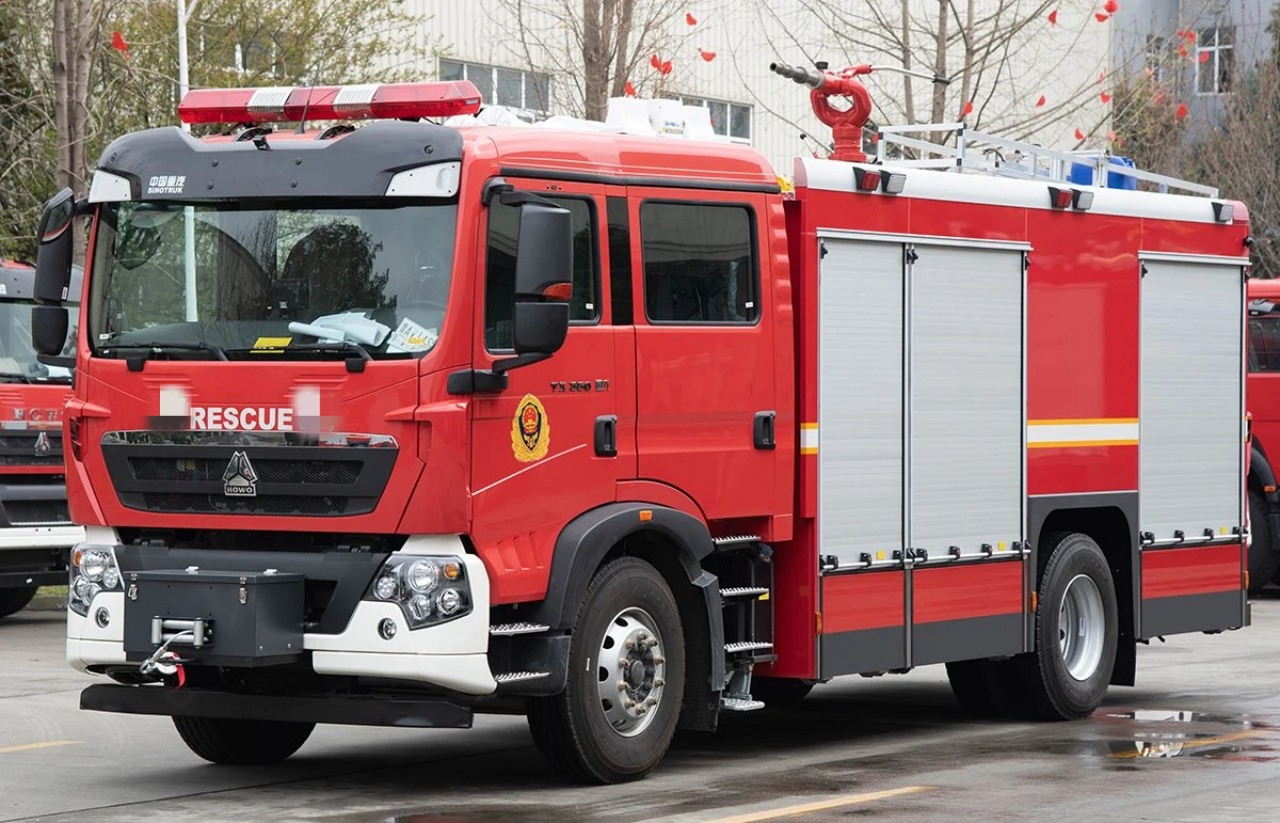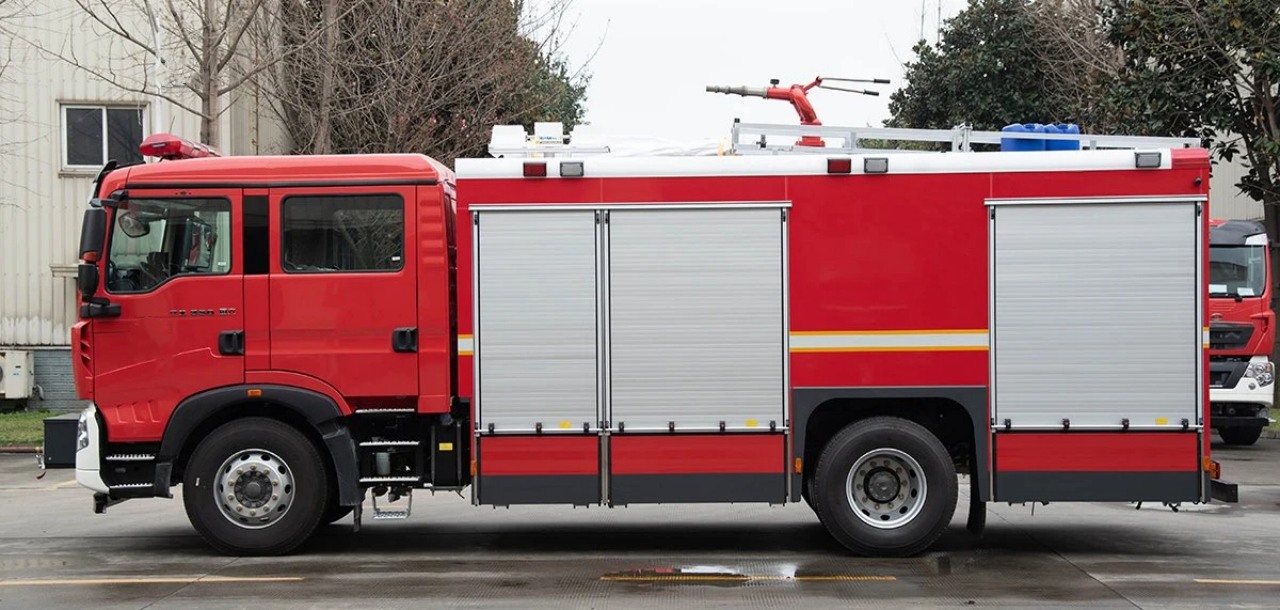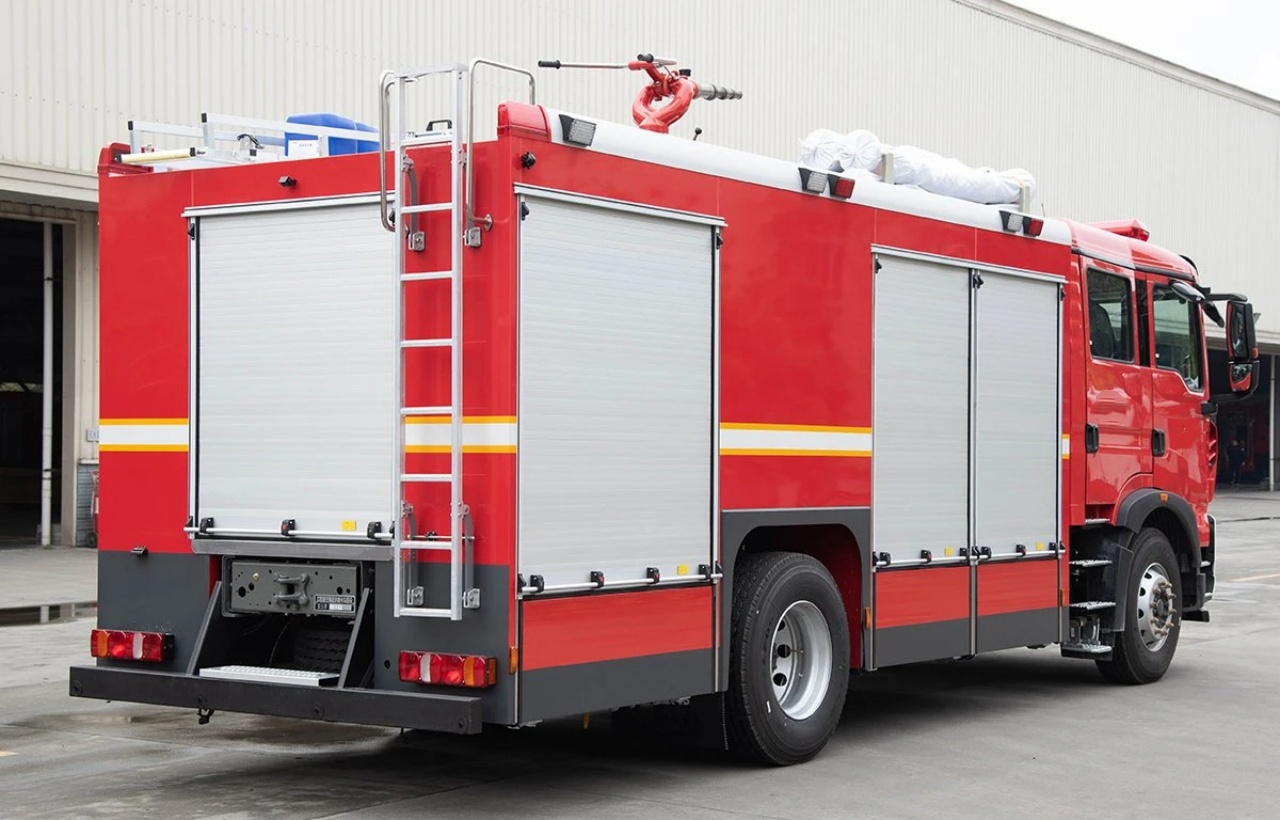Compressed Air Foam Systems (CAFS) have transformed firefighting tactics and expanded capabilities in emergency response, fire suppression, and hazard mitigation. Originally developed for wildland and structural firefighting, CAFS are now widely used across various industries and emergency services due to their effectiveness in suppressing fires faster and with less water. This article explores the diverse applications of CAFS, the benefits they offer, and how they have evolved into an essential tool in modern firefighting.
Understanding CAFS
Before delving into the applications, it’s helpful to understand what CAFS is. A Compressed Air Foam System combines water, a foam concentrate, and compressed air to create a high-quality firefighting foam. The system generates foam that adheres to surfaces, smothers flames, cools hot materials, and prevents re-ignition by forming a protective barrier.
CAFS differs from traditional water-based firefighting methods by enhancing the extinguishing agent’s effectiveness, reducing water damage, and improving safety for firefighters and property occupants.
Primary Applications of CAFS
1. Structural Firefighting
CAFS is highly effective in structural firefighting, where time and water efficiency are crucial. The foam produced by CAFS clings to vertical and horizontal surfaces, allowing for better heat absorption and a longer cooling effect. This results in quicker knockdown of flames and a reduced likelihood of fire spread.
Advantages in structure fires include:
- Enhanced thermal insulation
- Reduced water usage, minimizing structural damage
- Faster fire suppression compared to traditional water streams
CAFS also limits smoke production, which can improve visibility and safety for interior crews during search and rescue operations.
2. Wildland and Brush Fires
Wildland fires are among the most difficult to control due to unpredictable wind patterns, fuel availability, and terrain. CAFS is widely used in wildland firefighting because of its superior performance in creating fire breaks and protecting vegetation or structures.
CAFS in wildland applications offers:
- Long-lasting foam barriers that delay fire progression
- Adherence to vegetation and terrain contours
- Reduced water consumption, critical in remote areas with limited access to hydrants or refill points
Additionally, CAFS can be used for backburn operations and creating defensible space around vulnerable areas, aiding in wildfire mitigation efforts.
3. Vehicle Fires
Vehicle fires pose a unique risk due to fuel sources, heat buildup, and confined spaces. CAFS is highly efficient in these scenarios because the foam can penetrate tight compartments and adhere to hot surfaces.
Key benefits for vehicle fire suppression include:
- Rapid knockdown of fuel and engine compartment fires
- Prevention of fire spread to nearby vehicles or structures
- Reduced re-ignition risk by cooling engine blocks and fuel tanks
Fire departments often equip their quick response or rescue units with portable CAFS for vehicle fire emergencies.
4. Aircraft Rescue and Firefighting (ARFF)
Airports and airfields face the constant risk of high-intensity fires due to jet fuel and aircraft materials. CAFS plays a significant role in aircraft rescue and firefighting operations.
Why CAFS is valuable in ARFF:
- It suppresses Class B fires (flammable liquids) quickly
- Foam blankets provide vapor suppression over fuel spills
- Lightweight application allows rapid deployment by ARFF units
CAFS is often integrated into crash tenders and rapid-response ARFF vehicles for effective fire control during aviation emergencies.
5. Industrial and Chemical Fires
Industrial sites, especially those handling flammable chemicals or fuels, benefit greatly from CAFS in their fire suppression systems. The foam can be tailored with specific concentrates to handle chemical hazards and toxic environments.
CAFS in industrial use is effective because:
- Foam acts as a vapor seal over flammable liquid spills
- The application can be controlled remotely, protecting personnel
- It reduces fire intensity without adding excessive water, preventing run-off contamination
Some facilities integrate CAFS into fixed suppression systems for areas with high fire risk, such as chemical storage rooms or processing areas.
6. Hazardous Materials (HAZMAT) Incidents
In HAZMAT situations, CAFS is used to suppress flammable vapors, neutralize reactive substances, and control the spread of hazardous materials. It creates a physical barrier that isolates chemicals and reduces ignition chances.
Applications include:
- Blanketing of chemical spills
- Vapor suppression over volatile materials
- Containment of leaks from fuel or gas tanks
Using CAFS in HAZMAT responses improves the safety of personnel and the public by stabilizing potentially explosive environments.
7. Urban Interface and Property Protection
During wildfires that encroach upon populated areas, CAFS is used to protect structures, vehicles, and vegetation. Fire departments and property owners apply foam to homes and outbuildings in the wildland-urban interface (WUI) to reduce ignition risk.
Features for structure protection include:
- Foam coating forms a fire-resistant barrier
- Can be applied preemptively before the firefront arrives
- Reduces radiant heat damage and ember ignition
This makes CAFS an important tool in both firefighting and fire prevention strategies for communities at risk of wildfires.
8. Training and Demonstration
CAFS is increasingly used in training exercises to simulate real fire conditions while minimizing risk. The foam allows instructors to demonstrate flame knockdown techniques, surface coating, and overhaul operations in controlled environments.
Benefits of training include:
- Visual confirmation of proper spray techniques
- Reduced environmental impact from water runoff
- Lower heat and smoke exposure for trainees
Fire academies and emergency services training centers often incorporate CAFS-equipped apparatus into their programs.
Advantages of CAFS in Firefighting
The versatility of CAFS extends beyond its many applications. Some of the major advantages include:
- Water Efficiency: CAFS uses significantly less water than traditional firefighting methods, which conserves resources and minimizes water damage.
- Improved Firefighter Safety: By providing better visibility and reducing steam generation, CAFS creates a safer working environment.
- Faster Knockdown: The foam’s ability to smother and cool simultaneously reduces the time needed to control and extinguish fires.
- Reduced Re-Ignition: CAFS creates a durable blanket that lingers on surfaces, preventing reignition after suppression.
- Mobility and Flexibility: CAFS units can be portable, vehicle-mounted, or part of fixed suppression systems, making them adaptable to various operational needs.
Conclusion
Compressed Air Foam Systems (CAFS) are far more than just another tool in a firefighter’s arsenal—they represent a shift in how fires are approached and managed. Whether deployed in wildland firefighting, urban structure protection, industrial sites, or hazardous materials incidents, CAFS has proven to be an indispensable asset. Its ability to conserve water, suppress fires rapidly, and protect both people and property makes it an invaluable technology in modern firefighting and emergency response.
As fire services continue to evolve, CAFS will undoubtedly remain at the forefront, offering adaptable and efficient fire suppression across a wide spectrum of applications.
